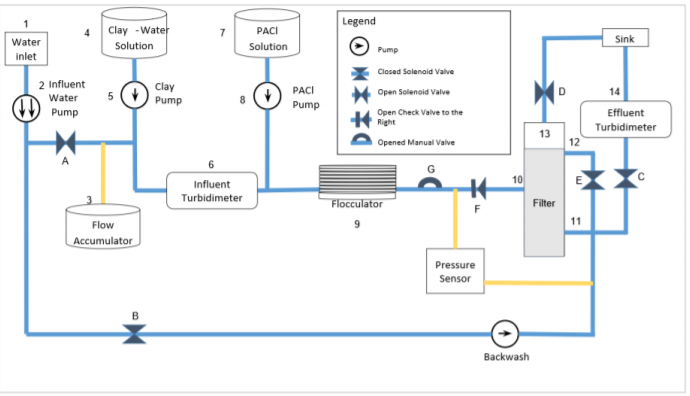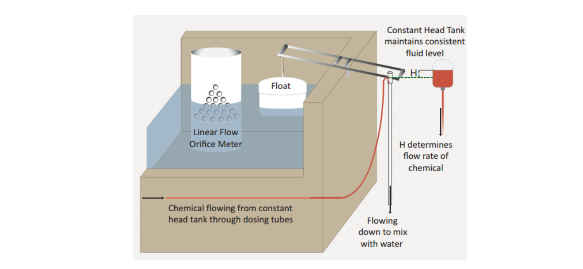Lauren Frazier, Yu Jin Hur, Disha Mendhekar
Abstract:
The scope of the semester was to analyze the feasibility and need for an AguaClara plant in India. The team decided to focus on India asa country of potential implementation as India already has AguaClara LLC workers on the ground building connections. The team approached the analysis through large-scale research, gathering data on India’s water sources, demographics, geography, and economy. There are ten ideal characteristics that would suggest a potential site. The team conducted research on India to determine locations with these characteristics. The team also created an optimization model using Matlab to visually display the deliverable in the form of a color-coded map.












